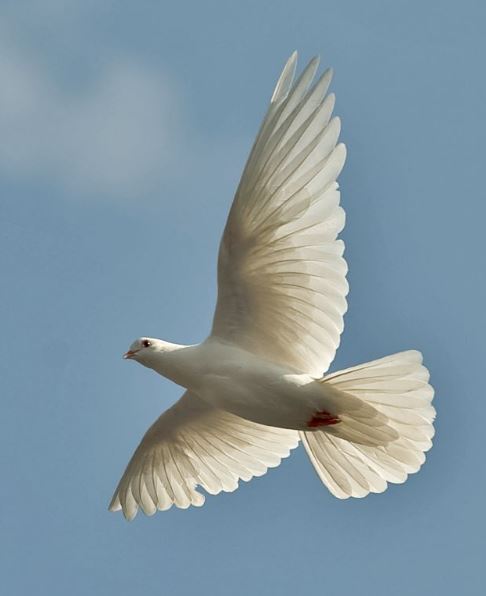This cantata is structured as a dialogue between two voices (soprano and bass, representing the soul and Jesus respectively). It is similar in this respect to Cantata 57, which we examined a few months ago.
It was written for the 20th Sunday after Trinity, and premiered on November 3, 1726. The libretto, probably authored by Christoph Birkmann, takes elements from the Gospel of that Sunday (Matthew 22: 1-14, the parable about the wedding of a king’s son) plus several other Old Testament references. The image of the wedding represents the basis of the entire libretto, which presents the soul and Jesus as bride and groom getting married.
The cantata opens with a symphony for orchestra with solo organ, probably the third movement of the same concerto that provided material for Cantata 169, performed two weeks earlier.
The first aria is for the bass, representing Jesus, who seeks the soul (“my dove”). The vocal line and the solo organ evoke this search with melismatic motifs, while the basso continuo represents a wandering walk.
The recitative that follows exhibits great dramatic force, representing a love duet in the form of a dialogue. After alternating exclamations by the two characters, who seek and meet each other, both join in an arioso with a ternary rhythm whose lines intertwine and end together.
A fantastic aria for soprano follows, accompanied by oboe d’amore and violoncello piccolo. The text describes the happiness of the soul when preparing for the wedding. The mention of the wedding dress is an indirect reference to the second part of the gospel parable.
Again we have dialogue in the recitative that follows, in which the bride and groom declare eternal love and, connecting once again with the gospel of the day, the soul mentions the king “sending his servants.”
In the closing duet, Bach makes up for the absence of the usual chorale with a festive movement of very sophisticated warp. Birkmann’s text intertwines with the last stanza of Philipp Nicolai’s hymn “Wie schön leuchtet der Morgenstern” (1599). The texts overlap and complement each other around the metaphor of the wedding and its consummation. Jesus goes on to declare his love for the soul. The soprano, in charge of the hymn text, sings the traditional chorale melody in long notes. The solo organ contributes a highly ornamental line as if celebrating the wedding.
